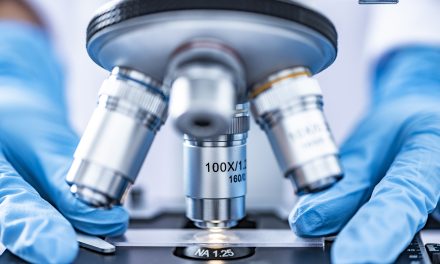On July 2, Los Angeles County released proposed plans to develop a countywide network of stormwater capture and improvement projects. The ambitious Enhanced Watershed Management Plans (EWMPs) are the result of a multi-year collaboration between the state, county, and 49 area cities across 12 watershed groups to improve local and regional water supplies and waterways. Full implementation of the plans could take up to 20 years, and potential funding sources are still being identified.
Los Angeles Regional Water Quality Control Board has opened the plans for public comment through August 30.
The projects aim to improve the quality of such local waterways as the Los Angeles and San Gabriel rivers. Projects also will increase the use of stormwater as part of the local water supply, enhance flood protection, improve recreational opportunities, and restore habitat.
Green streets, wetland parks, and underground water-retention facilities are a few examples of the types of projects outlined within the EWMPs. The plans also call for enhancing existing programs, including increased street sweeping and constructing bioswales and permeable surfaces in roadway corridors.
Additionally, on June 25 at a public hearing, the City of Los Angeles Department of Water and Power (DWP) unveiled its Stormwater Capture Master Plan. The city currently captures an average of 33.3 million m3 (27,000 ac-ft) of rainwater annually, primarily through large spreading grounds that recharge the San Fernando Groundwater Basin. However, DWP plans to create new and enhanced, centralized spreading grounds as well as distributed green infrastructure systems that will improve infiltration throughout the city. According to the Los Angeles Times, the city could capture an additional 123 million to 247 million m3 (100,000 to 200,000 ac-ft) of stormwater annually by 2035 with these new systems in place. The newspaper also reports that the plan would cost $60 million to $220 million, depending on the elements implemented.





